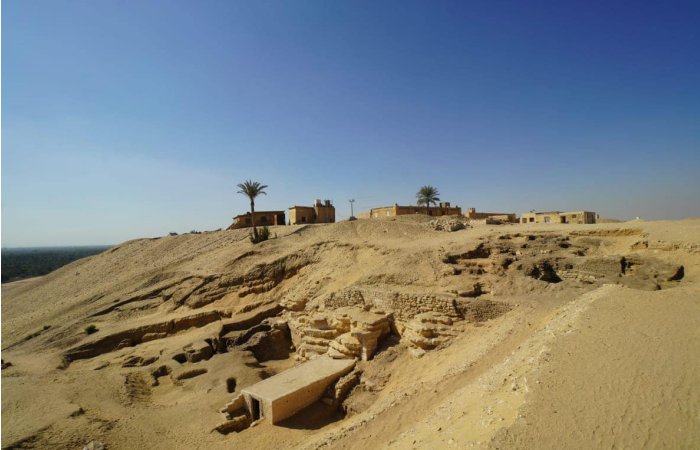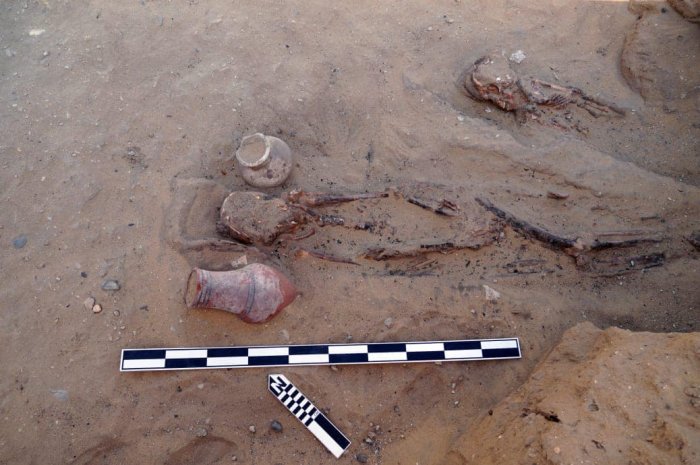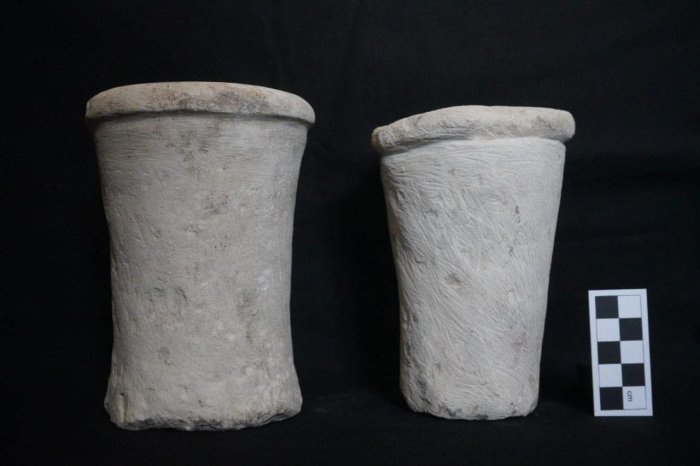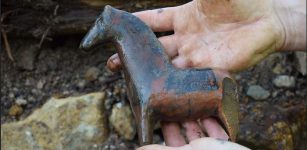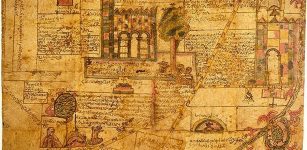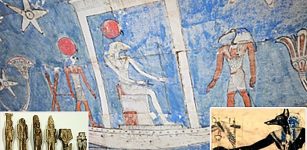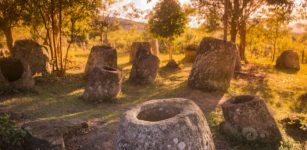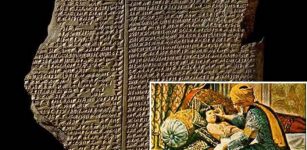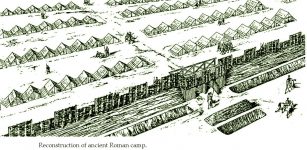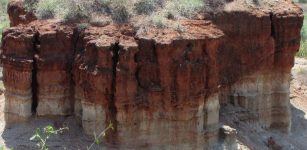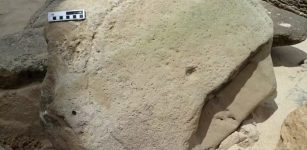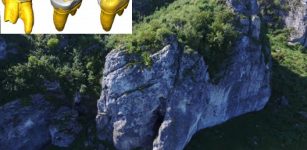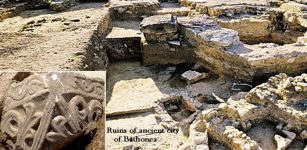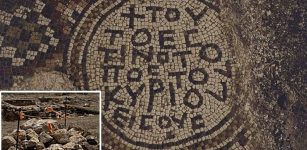Archaeologists Uncover More Hidden Ancient Secrets In Saqqara, Egypt
Conny Waters - AncientPages.com - Located 40 km southwest of Cairo, Saqqara is a significant cemetery of Memphis, an essential city in ancient Egyptian history.
The name Saqqara likely originates from Sokar, the god associated with this necropolis. Serving as an open-air museum, Saqqara encapsulates the entirety of ancient Egyptian history. It was the burial site for kings and noblemen from the first two dynasties (circa 3040–2686 BC) and houses the Step Pyramid of Djoser (circa 2686–2667 BC).
Credit: Ministry of Tourism and Antiquities
Despite extensive excavations over time, much about this intriguing site remains undiscovered. However, ongoing archaeological efforts continue to unveil new insights into its past. The Egyptian-Japanese archaeological mission has uncovered tombs, mastabas, and burials, including structures and artifacts from the 2nd, 3rd, and 18th Dynasties.
Credit: Ministry of Tourism and Antiquities
These findings extend our understanding of Saqqara's boundaries and illuminate its evolving significance across various periods in Egyptian history. Excavations on Saqqara's eastern slope have revealed four mastaba tombs from the late 2nd and early 3rd Dynasties, along with more than ten burials from the New Kingdom's 18th Dynasty.
Credit: Ministry of Tourism and Antiquities
“This new evidence suggests that Saqqara was not only a major burial site during the Old Kingdom but also became significant during the New Kingdom when Memphis was reinstated as Egypt’s capital following the expulsion of the Hyksos,” said Mohamed Ismail Khaled, secretary-general of the Supreme Council of Antiquities (SCA).
The recent findings at the Saqqara necropolis have shed new light on its historical significance, suggesting that the site extends further north than previously thought. Mohamed Abdel-Badie, head of the Egyptian Antiquities Sector, emphasized the potential for future discoveries due to many untold secrets still hidden within the site.
Credit: Ministry of Tourism and Antiquities
Detailed descriptions of newly discovered tombs include two mudbrick mastabas and two rock-cut tombs. One notable tomb near the northern edge of Saqqara features a limestone-sealed shaft leading to a burial chamber, while another mastaba near a rocky slope includes a mudbrick superstructure with a central rectangular shaft.
Credit: Ministry of Tourism and Antiquities
Artifacts found near these tombs—such as an alabaster dish, a solid cylindrical vessel from the late 2nd and early 3rd Dynasties, and limestone sealing—offer valuable insights into ancient burial practices and material culture. The excavation is part of a collaborative effort between Egypt's Supreme Council of Antiquities (SCA) and Japan’s Kanazawa University, led by Nozomu Kawai.
Credit: Ministry of Tourism and Antiquities
In addition to these discoveries, the team has restored Greco-Roman catacombs uncovered in previous seasons. This restoration revealed mummified remains and artifacts like terracotta models of funerary shrines, fragments of Isis and Aphrodite figurines, wooden coffin pieces, and pottery shards. These findings highlight Saqqara's rich history as an important burial site across multiple eras.
See also: More Archaeology News
The mission aims to continue excavations next season with hopes of uncovering more hidden treasures at Saqqara. These ongoing efforts are crucial for expanding knowledge about Egypt’s ancient past and preserving its cultural heritage for future generations worldwide.
Written by Conny Waters - AncientPages.com Staff Writer
Expand for references
